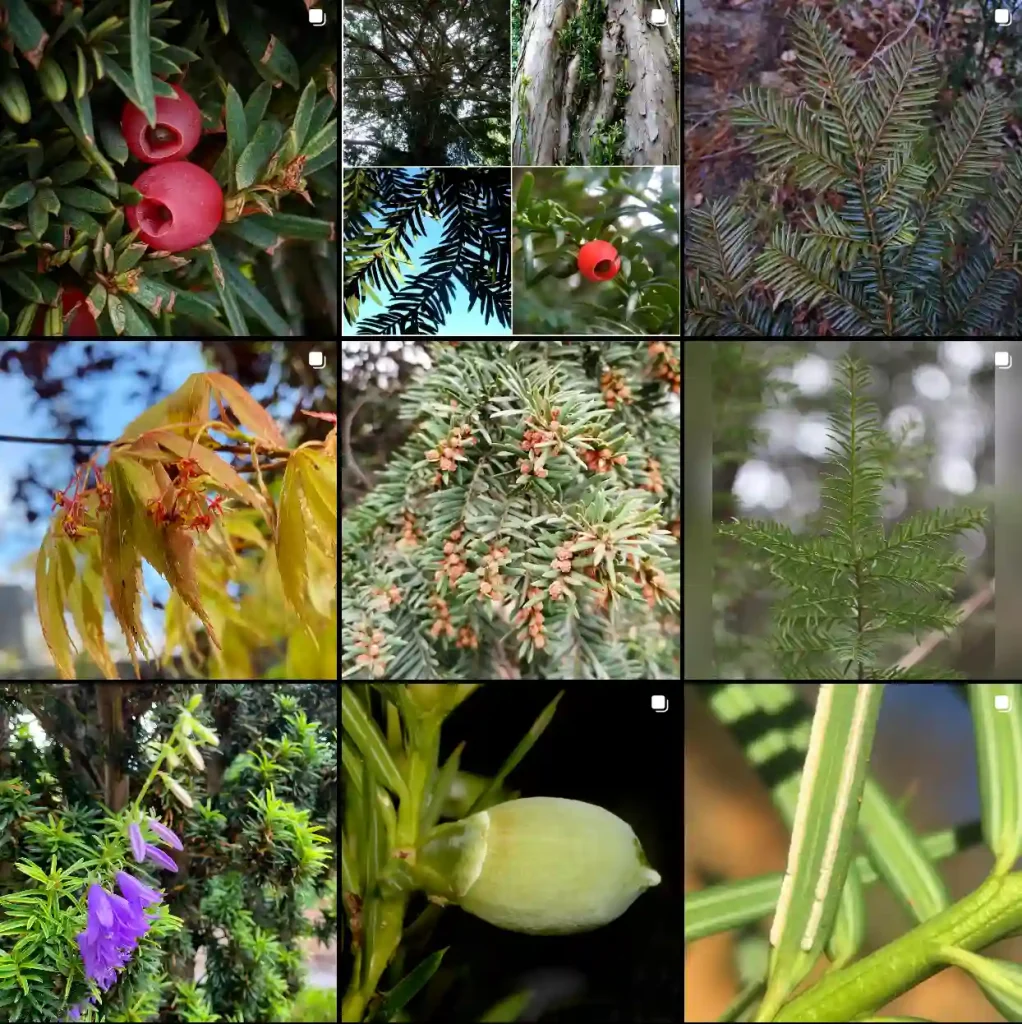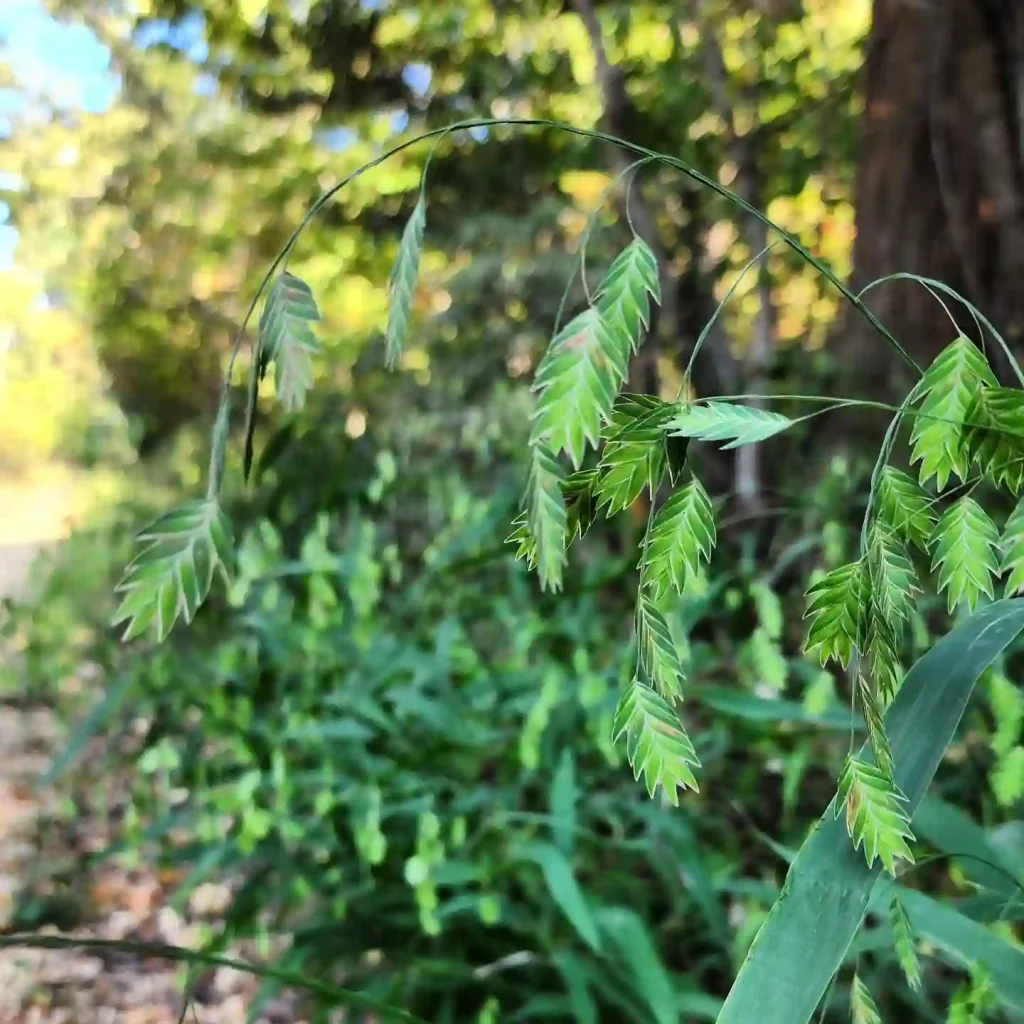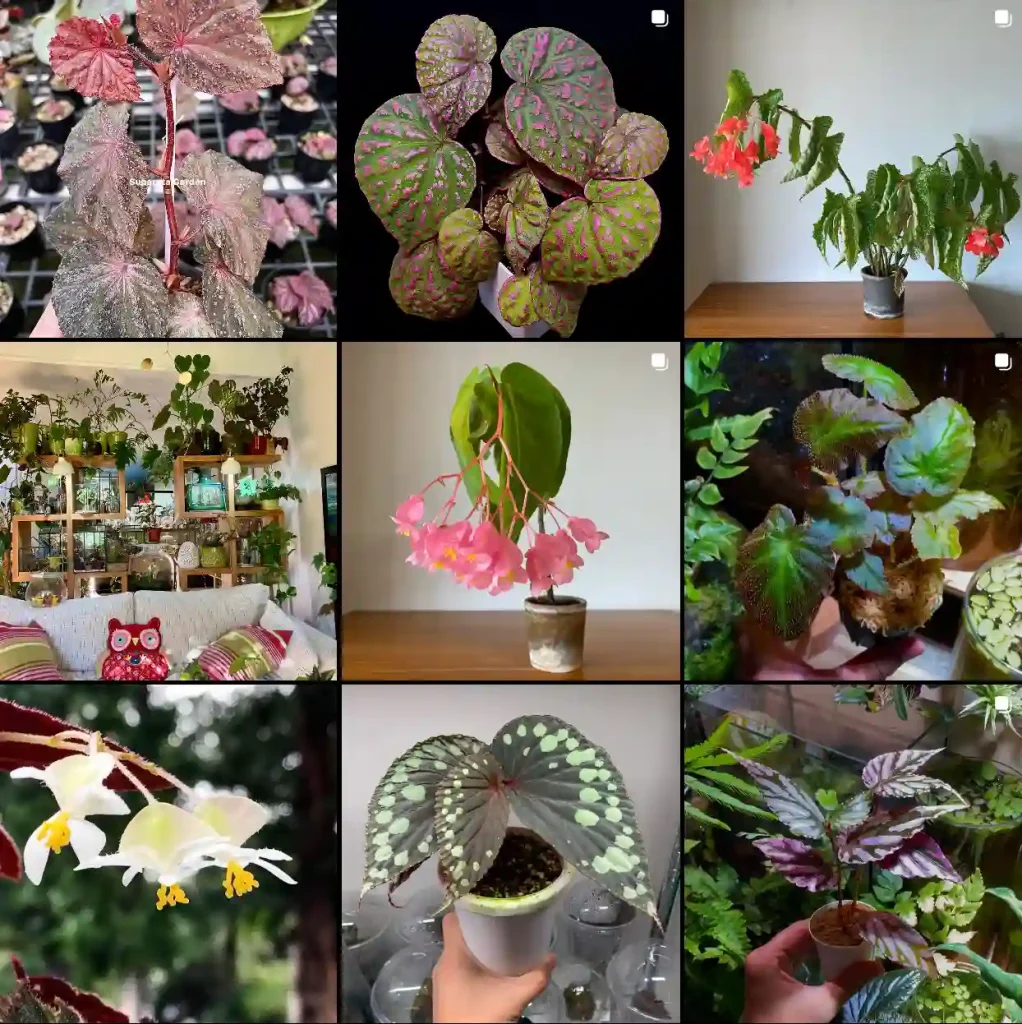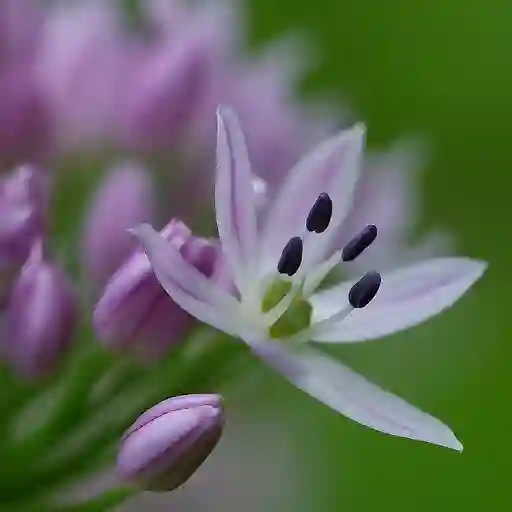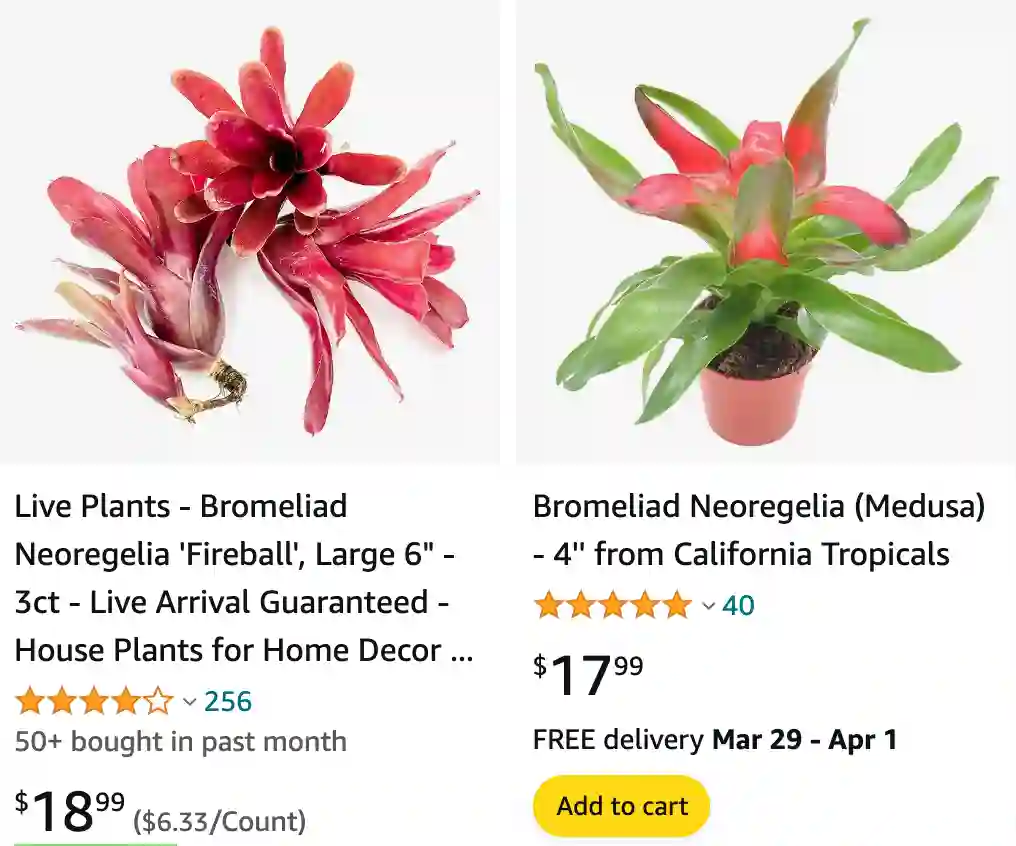
September 28 – Neoregelia
"Neoregelia, the bromeliad, represents September 28."
Neoregelia symbolizes uniqueness and vitality. You stand out with your vibrant energy and originality. Like its bright rosette, your spirit is dazzling.
Neoregelia: A Bromeliad Passion of Mine
The world of plants is vast and diverse, filled with captivating colors, textures, and forms. As an enthusiast, I’ve always been drawn to the unique beauty of Bromeliaceae family, and among them, the genus Neoregelia holds a special place in my heart. These fascinating plants, with their vibrant foliage and intriguing growth habits, have captivated me with their resilience and adaptability.
Native to the rainforests of South America, Neoregelia are epiphytes, meaning they typically grow on trees, clinging to branches and absorbing moisture and nutrients from the air and rain. This unique lifestyle has led to the development of specialized features, such as their tank-like rosettes that collect water and debris, providing a miniature ecosystem for various organisms.
Why I Admire Neoregelia?
What truly sets Neoregelia apart is their incredible diversity in color and form. Their leaves can range from deep greens and reds to vibrant pinks and purples, often adorned with striking patterns and variegations. Some species even exhibit a dramatic color change when they bloom, with the central leaves becoming flushed with bright hues, creating a stunning spectacle.
Beyond their aesthetic appeal, I admire Neoregelia for their hardiness and ease of care. They are relatively low-maintenance plants, tolerating a wide range of conditions and requiring minimal attention. This makes them ideal for both experienced plant enthusiasts and beginners alike.
A Diverse Genus
The genus Neoregelia boasts a rich variety of species, each with its own unique characteristics. Here are:
- Neoregelia abendrothae L.B.Sm.
- Neoregelia altocaririensis Leme & L.Kollmann
- Neoregelia alvimii Roeth
- Neoregelia amandae W.Weber
- Neoregelia ampullacea (É.Morren) L.B.Sm.
- Neoregelia angustibracteolata E.Pereira & Leme
- Neoregelia angustifolia E.Pereira
- Neoregelia atroviridifolia W.Weber & Roeth
- Neoregelia azevedoi Leme
- Neoregelia bahiana (Ule) L.B.Sm.
- Neoregelia binotii (É.Morren) L.B.Sm.
- Neoregelia bragarum (E.Pereira & L.B.Sm.) Leme
- Neoregelia brevifolia L.B.Sm. & Reitz
- Neoregelia brigadeirensis C.C.Paula & Leme
- Neoregelia brownii Leme
- Neoregelia burlemarxii Read
- Neoregelia camorimiana E.Pereira & I.A.Penna
- Neoregelia capixaba E.Pereira & Leme
- Neoregelia carcharodon (Jacob-Makoy ex Wittm.) L.B.Sm.
- Neoregelia carinata Leme
- Neoregelia carolinae (Beer) L.B.Sm. Plant FAQs: Neoregelia Carolinae
- Neoregelia cathcartii C.F.Reed & Read
- Neoregelia chlorosticta (É.Morren) L.B.Sm.
- Neoregelia coimbrae E.Pereira & Leme
- Neoregelia compacta (Mez) L.B.Sm.
- Neoregelia concentrica (Vell.) L.B.Sm.
- Neoregelia coriacea (Antoine) L.B.Sm.
- Neoregelia correia-araujoi E.Pereira & I.A.Penna
- Neoregelia crispata Leme
- Neoregelia cruenta (Graham) L.B.Sm.
- Neoregelia cyanea (Beer) L.B.Sm.
- Neoregelia dactyloflammans Leme & L.Kollmann
- Neoregelia dayvidiana Leme & A.P.Fontana
- Neoregelia desenganensis Leme
- Neoregelia diversifolia E.Pereira
- Neoregelia doeringiana L.B.Sm.
- Neoregelia dungsiana E.Pereira
- Neoregelia eltoniana W.Weber
- Neoregelia farinosa (Ule) L.B.Sm.
- Neoregelia fluminensis L.B.Sm.
- Neoregelia fosteriana L.B.Sm.
- Neoregelia gavionensis Martinelli & Leme
- Neoregelia gigas Leme & L.Kollmann
- Neoregelia guttata Leme
- Neoregelia hoehneana L.B.Sm.
- Neoregelia ibitipocensis (Leme) Leme
- Neoregelia ilhana Leme
- Neoregelia indecora (Mez) L.B.Sm.
- Neoregelia inexspectata Leme
- Neoregelia insulana Leme
- Neoregelia johannis (Carrière) L.B.Sm.
- Neoregelia johnsoniae H.Luther
- Neoregelia kautskyi E.Pereira
- Neoregelia kerryi Leme
- Neoregelia kuhlmannii L.B.Sm.
- Neoregelia lactea H.Luther & Leme
- Neoregelia laevis (Mez) L.B.Sm.
- Neoregelia leprosa L.B.Sm.
- Neoregelia leucophoea (Baker) L.B.Sm.
- Neoregelia lilliputiana E.Pereira
- Neoregelia lillyae W.Weber
- Neoregelia longipedicellata Leme
- Neoregelia longisepala E.Pereira & I.A.Penna
- Neoregelia lymaniana R.Braga & Sucre
- Neoregelia macahensis (Ule) L.B.Sm.
- Neoregelia macrosepala L.B.Sm.
- Neoregelia maculata L.B.Sm.
- Neoregelia magdalenae L.B.Sm. & Reitz
- Neoregelia marmorata (Baker) L.B.Sm.
- Neoregelia martinellii W.Weber
- Neoregelia mcwilliamsii L.B.Sm.
- Neoregelia melanodonta L.B.Sm.
- Neoregelia menescalii Leme
- Neoregelia mucugensis Leme
- Neoregelia nevaresii Leme & H.Luther
- Neoregelia nivea Leme
- Neoregelia odorata Leme
- Neoregelia olens (Hook.f.) L.B.Sm.
- Neoregelia oligantha L.B.Sm.
- Neoregelia paratiensis Leme
- Neoregelia pascoaliana L.B.Sm.
- Neoregelia pauciflora L.B.Sm.
- Neoregelia paulistana E.Pereira
- Neoregelia pernambucana Leme & J.A.Siqueira
- Neoregelia petropolitana Leme
- Neoregelia pineliana (Lem.) L.B.Sm.
- Neoregelia pontualii Leme
- Neoregelia princeps (Baker) L.B.Sm.
- Neoregelia punctatissima (Ruschi) Ruschi
- Neoregelia retrorsa Leme & L.Kollmann
- Neoregelia richteri W.Weber
- Neoregelia roethii W.Weber
- Neoregelia rothinessa Leme, H.Luther & W.Till
- Neoregelia rubrifolia Ruschi
- Neoregelia rubrovittata Leme
- Neoregelia ruschii Leme & B.R.Silva
- Neoregelia sanguinea Leme
- Neoregelia sapiatibensis E.Pereira & I.A.Penna
- Neoregelia sarmentosa (Regel) L.B.Sm.
- Neoregelia schubertii Roeth
- Neoregelia seideliana L.B.Sm. & Reitz
- Neoregelia silvimontana Leme & J.A.Siqueira
- Neoregelia simulans L.B.Sm.
- Neoregelia smithii W.Weber
- Neoregelia spectabilis (Antoine) L.B.Sm.
- Neoregelia spiralipetala (Leme) Wand. & S.E.Martins
- Neoregelia tenebrosa Leme
- Neoregelia tigrina (Ruschi) Ruschi
- Neoregelia tristis (Beer) L.B.Sm.
- Neoregelia uleana L.B.Sm.
- Neoregelia viridolineata Leme
- Neoregelia viridovinosa Leme & L.Kollmann
- Neoregelia watersiana Leme
- Neoregelia wilsoniana M.B.Foster
- Neoregelia zaslawskyi E.Pereira & Leme
- Neoregelia zonata L.B.Sm.
How to care for Neoregelia bromeliad?
Neoregelia bromeliads are popular tropical plants known for their vibrant foliage and unique growth habits. Here’s how to care for Neoregelia bromeliads:
1. Light:
- Indirect Light: Neoregelia bromeliads prefer bright, indirect light. Avoid direct sunlight, especially during the hottest parts of the day, as it can scorch the leaves. They can also tolerate lower light conditions, but their foliage color may not be as vibrant.
2. Temperature:
- Warmth: Maintain temperatures between 60°F to 80°F (15°C to 27°C) for optimal growth. Protect the plant from cold drafts and temperature extremes.
3. Watering:
- Watering the Cup: Neoregelia bromeliads have a central cup (the rosette) that collects water. Keep this cup filled with clean, non-chlorinated water at all times. Change the water every 1-2 weeks to prevent stagnation and buildup of debris.
- Soil Moisture: In addition to watering the cup, water the soil around the base of the plant whenever it feels dry to the touch. Water thoroughly, allowing excess water to drain away from the pot.
4. Humidity:
- Moderate to High Humidity: Neoregelia bromeliads appreciate moderate to high humidity levels. You can increase humidity by misting the leaves regularly, using a humidity tray, or placing the plant in a room with a humidifier.
5. Soil:
- Well-Draining Soil: Plant your Neoregelia bromeliad in a well-draining potting mix formulated for epiphytic plants or bromeliads. A mix containing orchid bark, perlite, and peat moss works well.
6. Fertilizing:
- Fertilizer Application: Feed your Neoregelia bromeliad with a balanced, water-soluble fertilizer diluted to half strength every 4-6 weeks during the growing season (spring to fall). Apply the fertilizer directly to the central cup or dilute it in water and pour it into the soil.
7. Pruning:
- Pruning Maintenance: Remove any dead or yellowing leaves as needed to maintain the plant’s appearance and health. Use clean, sharp scissors or pruning shears to make clean cuts.
8. Flowering:
- Flower Care: Neoregelia bromeliads produce colorful bracts and flowers from the central cup. After flowering, the mother plant will begin to decline, but it will produce offsets (pups) around its base. You can remove these pups once they are about one-third the size of the mother plant and transplant them into their own pots.
9. Repotting:
- Repotting: Neoregelia bromeliads typically do not require frequent repotting. However, if the plant becomes overcrowded or outgrows its pot, you can repot it into a slightly larger container using fresh potting mix.
10. Toxicity:
- Toxicity: Neoregelia bromeliads are non-toxic to humans and pets, making them safe to grow indoors.
Are Neoregelia epiphytes?
Yes, Neoregelia bromeliads are epiphytes, which means they naturally grow on other plants, typically in tropical rainforests. I’ve always found this aspect fascinating because it reflects their adaptability to various environments. While they can grow in soil, they often prefer to latch onto trees or rocks, absorbing nutrients and moisture from the air and rainfall.
How big do Neoregelia get?
Neoregelia bromeliads come in various sizes, but I’ve noticed that most of mine stay relatively compact, usually reaching around 6 to 12 inches in diameter. This makes them perfect for indoor spaces or smaller gardens. However, I’ve heard some species can grow larger, especially when provided with ample space and optimal growing conditions.
How to get a Neoregelia to pup?
Getting a Neoregelia to pup is like witnessing a tiny miracle in my garden. I’ve found that providing them with the right conditions, such as bright light, proper watering, and occasional feeding, encourages pup formation. Sometimes, I gently twist the mother plant to encourage pups to emerge, but mostly, they seem to appear when the plant is happy and healthy.
How to get color on Neoregelia bromeliads?
Adding vibrant color to Neoregelia bromeliads is one of the most rewarding parts of caring for them. I’ve discovered that exposing them to bright, indirect light helps bring out their natural hues, especially the reds, oranges, and yellows in their leaves. Additionally, I’ve noticed that stress can intensify their coloration, so I occasionally expose them to slightly higher light levels or lower temperatures to enhance their vibrancy.
How to propagate Neoregelia?
Propagating Neoregelia is a fascinating process that I’ve enjoyed exploring. I’ve had success using offsets, or pups, that emerge from the mother plant. Once they’re large enough to handle, I carefully separate them from the parent and plant them in their own pots with well-draining soil mix. With proper care, they usually establish themselves quickly and grow into mature plants in no time.
What do I fertilize my Neoregelia with?
When it comes to fertilizing my Neoregelia, I prefer to use a balanced, water-soluble fertilizer diluted to half strength. I apply it to the soil every two to four weeks during the growing season, usually from spring to fall, to provide them with the nutrients they need for healthy growth and vibrant coloration. However, I make sure not to overdo it, as bromeliads are relatively light feeders and can be sensitive to excess fertilizer.
Where to buy Neoregelia?
Finding Neoregelia for my collection has been an adventure in itself. While I’ve stumbled upon some varieties at local nurseries and garden centers, I’ve found a more extensive selection online through specialized plant retailers and enthusiast forums. I enjoy browsing through different cultivars and finding unique specimens to add to my collection, which has become a bit of a hobby for me.
If i die, water my plants!
